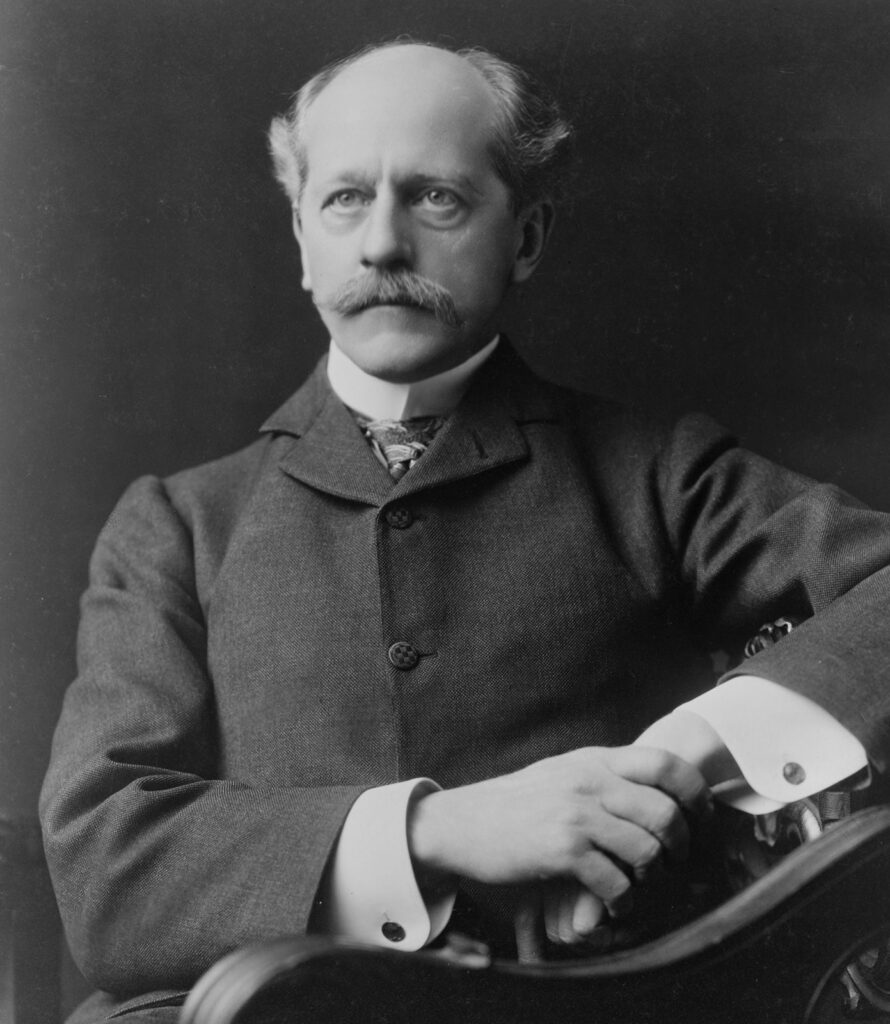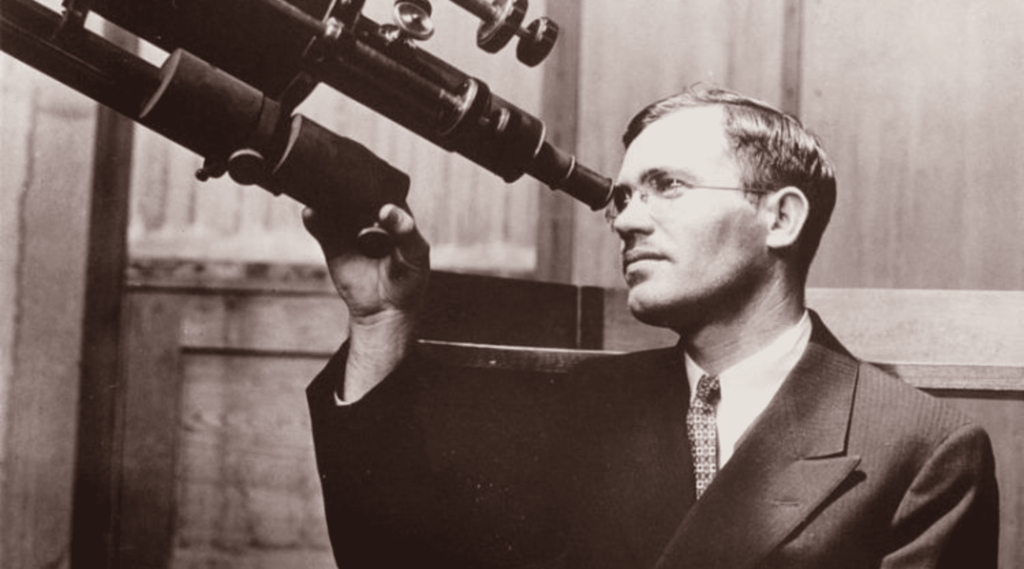The story of Planet X is one of the most fascinating chapters in the history of astronomy. It began with mysterious irregularities in Neptune’s orbit, leading scientists to predict the existence of a massive, unseen planet influencing it. This sparked a relentless search for what was believed to be a hidden giant in the far reaches of the solar system

The starting of search of Planet X
Throughout ancient history, astronomers only knew about five planets: Mercury, Venus, Mars, Jupiter, and Saturn. These were the planets visible to the naked eye, and their motions were well observed by early civilizations. However, everything changed on March 13, 1781, when the British astronomer William Herschel made an unprecedented discovery—he spotted a new planet beyond Saturn, which was later named Uranus! The revelation that there was another planet beyond Saturn shocked the scientific world, as it shattered the belief that our solar system might be complete with just five known planets.
As astronomers began to study Uranus more closely, they noticed something strange: its orbit appeared to be moving more slowly than predicted. Even more surprising, Uranus wasn’t following the precise path laid out by Newton’s laws of motion, which were thought to govern the entire universe. This anomaly sparked widespread debate, with some speculating that perhaps the limits of Newton’s laws had finally been reached.
But not everyone was convinced. French mathematician Urbain Le Verrier, along with German astronomer Heinrich Louis d’Arrest, took a different approach. Rather than dismiss the anomaly, they theorized that there could be another, unseen planet beyond Uranus exerting gravitational influence on its orbit. Their calculations led them to predict the existence of this mysterious planet—one that was later confirmed by Johann Gottfried Galle, a German astronomer at the Berlin Observatory. On September 23, 1846, Galle discovered this new planet, which was named Neptune.
Now, with Neptune’s discovery, the scientific community believed the mystery was solved. But once again, another issue arose. Neptune’s orbit, like Uranus’, was not perfectly in line with Newton’s laws of motion. This led astronomers to wonder: could there be yet another planet lurking beyond Neptune, one that could explain the gravitational anomalies? And so began the hunt for Planet X.
The entry of search of Planet X
The hunt for Planet X was a significant planetary search unlike any other. Predictions based on calculations suggested a massive planet influencing Neptune’s orbit, but when searched, Planet X wasn’t where it was supposed to be.
Percival Lowell, a wealthy astronomy enthusiast, was passionate about finding Planet X. Although not formally trained, he built the Lowell Observatory in Arizona, the finest of its time, situated on a mountaintop in the desert. This location was ideal for observing the sky due to minimal cloud cover and dry conditions.

Lowell initiated a systematic photographic survey in the plane of the solar system. The method involved capturing the same part of the sky at different times and identifying moving dots of light—potential planets. Lowell’s search, however, was cut short by his death.
Clyde Tombaugh was later brought in to continue the survey. In 1930, Tombaugh discovered a moving dot in two photographs, announcing the discovery of Planet X. It was named Pluto. At the time, Pluto’s mass was thought to match the theoretical requirements of Planet X, explaining Neptune’s perturbations. However, subsequent observations revealed Pluto was smaller and much less massive than expected, composed primarily of ice, and unable to significantly influence Neptune.

By the 1990s, Pluto’s status as Planet X was increasingly questioned. Neil deGrasse Tyson contributed to the reclassification of Pluto. In 2000, Pluto was grouped with similar icy bodies in the outer solar system at the Hayden Planetarium. Finally, in 2006, Pluto was officially demoted to a “dwarf planet.”
Astrophysicist Myles Standish reanalyzed the historical data that initially suggested Neptune’s orbital anomalies. He discovered that measurements from the U.S. Naval Observatory had errors due to uncalibrated equipment. Once these faulty observations were excluded, Neptune’s orbit aligned perfectly with Newton’s laws, eliminating the need for a Planet X to explain the discrepancies.
While the original search for Planet X ended, there is speculation about another large, unseen planet—sometimes called “Planet Nine.” It might be influencing the orbits of objects in the Kuiper Belt, but its existence remains unconfirmed due to its extreme distance, possibly 10,000 times the Earth-Sun distance.
Conclusion
The journey of Planet X highlights the ever-evolving nature of science. From the initial search for a massive planet to the discovery and eventual reclassification of Pluto, it showcases how new evidence and corrections can reshape our understanding of the cosmos. While the original Planet X was debunked, the mystery of the outer solar system endures, inspiring astronomers to continue exploring the unknown.
